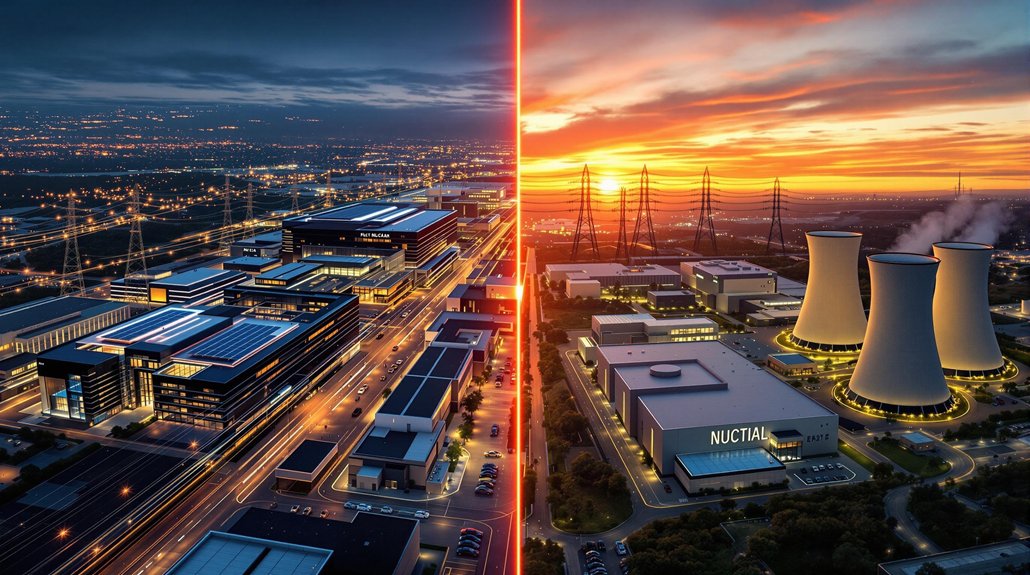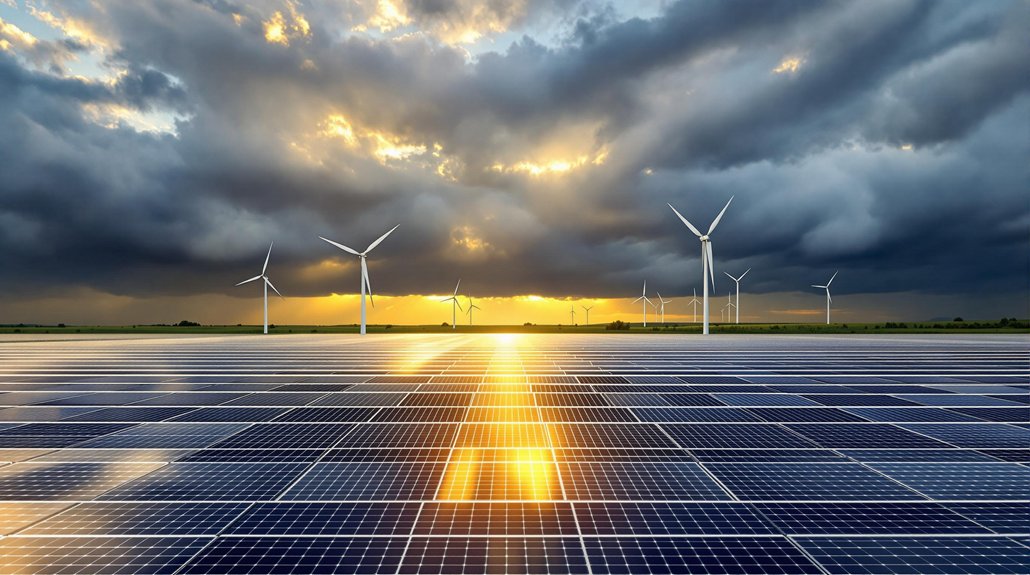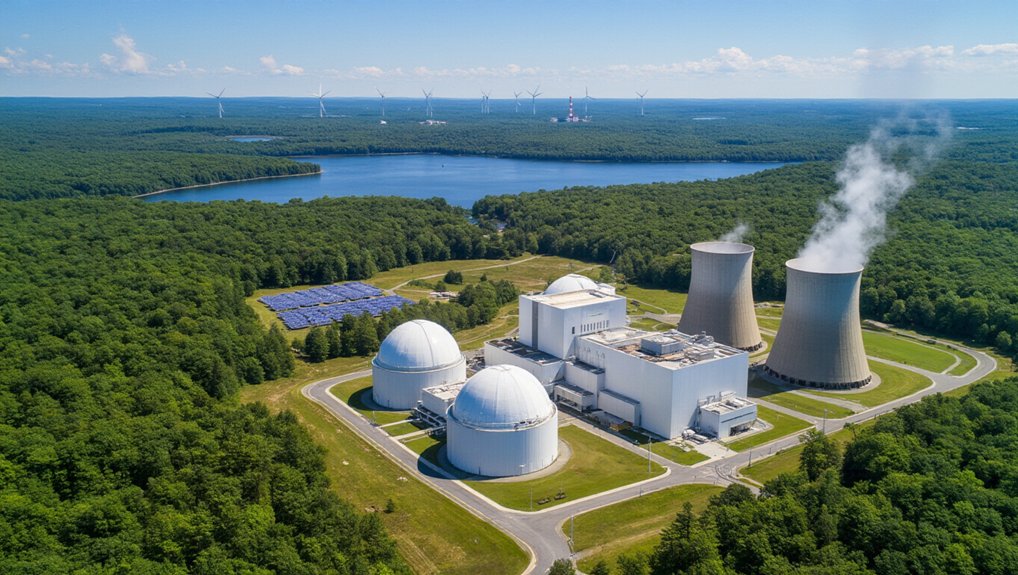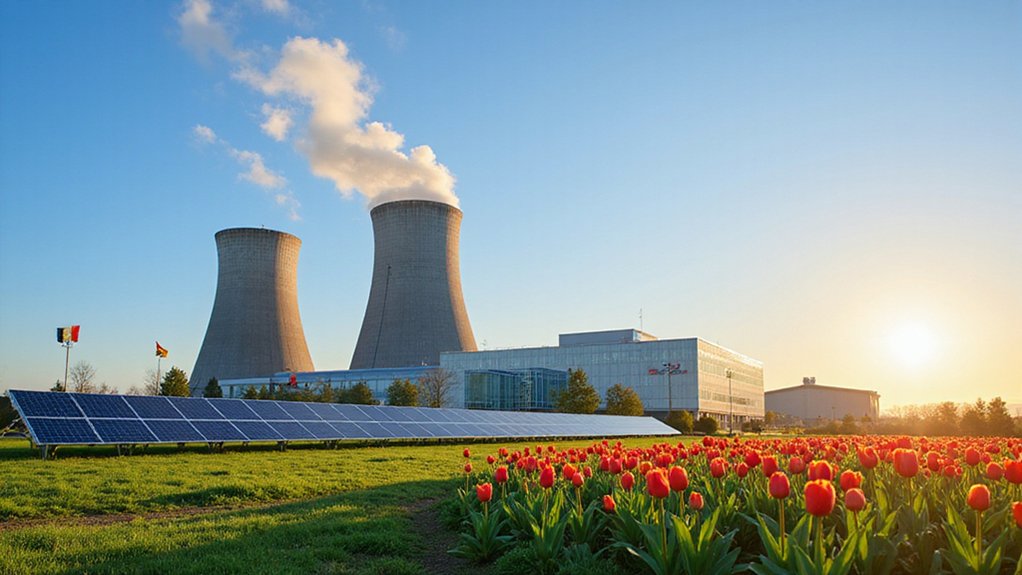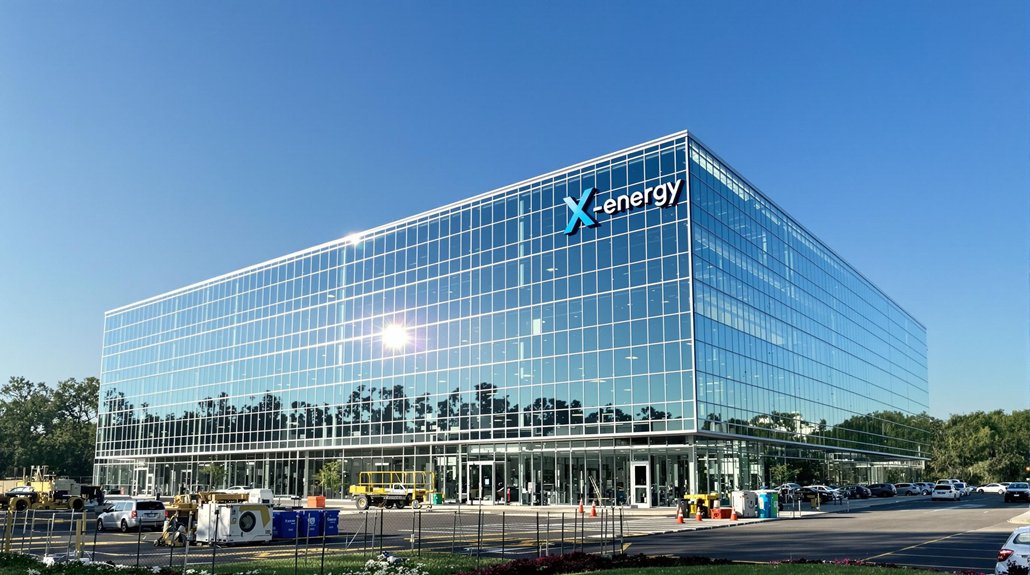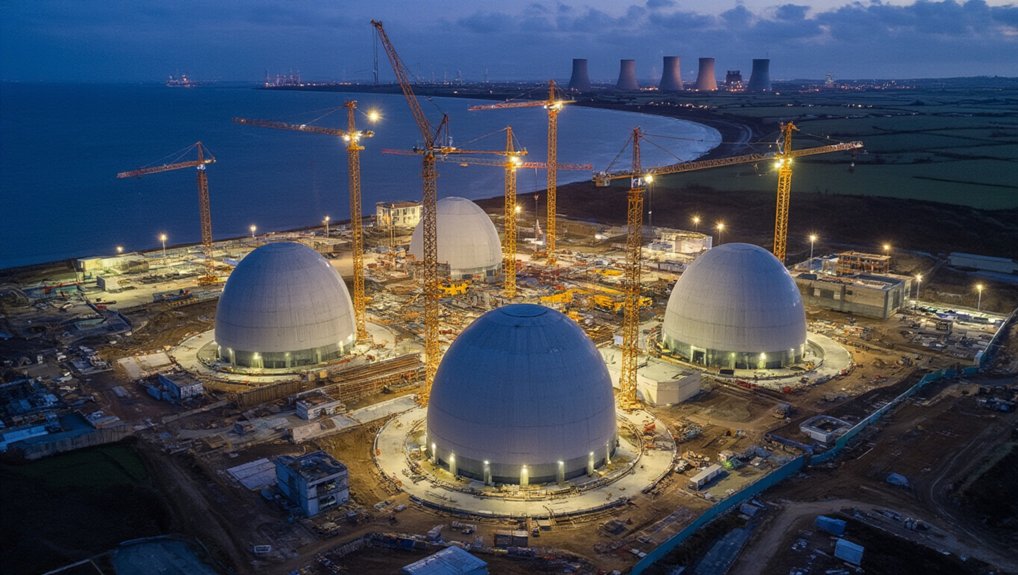Tech giants like Microsoft, Google, and Amazon are investing billions in nuclear power to fuel energy-hungry data centers. They’re focusing on small modular reactors that promise reliable, carbon-free electricity 24/7, unlike wind or solar. While nuclear offers stability and emissions comparable to wind energy, challenges remain: high costs, regulatory hurdles, safety concerns, and waste management. These investments could revive America’s nuclear industry or become expensive missteps. The coming decade will reveal which outcome prevails.
While most people think of tech companies as creators of smartphones and social media apps, major firms like Microsoft, Google, and Amazon are now making billion-dollar bets on nuclear energy. Microsoft recently invested $1.6 billion to restart the Three Mile Island reactor. Google partnered with Kairos Power to get 500 megawatts from small modular reactors by 2030. Amazon made deals with X-Energy for up to 960 megawatts of capacity. Amazon has set an ambitious goal to secure 5 GW of nuclear power by 2039 through these collaborations. Even Oracle is designing an AI data center powered by three small reactors, while Meta is seeking proposals to add 4 gigawatts of nuclear capacity.
These tech giants are turning to nuclear power for several reasons. AI and data centers need massive amounts of electricity. Unlike wind and solar, nuclear provides reliable power 24/7. It also helps these companies meet their climate goals since nuclear power doesn’t produce carbon emissions during operation. Tech firms see nuclear as a stable energy source that could protect them from rising fossil fuel costs. Nuclear energy produces carbon emissions comparable to wind energy, making it an attractive option for meeting sustainability targets. The companies formally pledged support for tripling nuclear energy production by 2050 at the U.N. Climate Change Conference in December 2023.
Small modular reactors (SMRs) are getting special attention. These compact designs range from 50 to 300 megawatts each. They can be built in factories and assembled on-site, potentially making them faster and cheaper to deploy than traditional nuclear plants. SMRs also have new safety features. The first commercial ones should be running by the early 2030s.
However, nuclear comes with significant challenges. It’s expensive to build new plants, and projects often go over budget. Getting regulatory approval takes years. Many people still worry about safety after accidents like Fukushima. Nuclear waste remains a problem. Some critics say renewable energy might be cheaper and faster to deploy.
The impact of tech’s nuclear push could be substantial. It might revive America’s nuclear industry, create jobs, and shift energy markets. It could reduce emissions and use less land than wind or solar farms. While Congress shows bipartisan support for nuclear power, the debate continues: Is this massive nuclear investment a clean energy breakthrough or a costly gamble?
